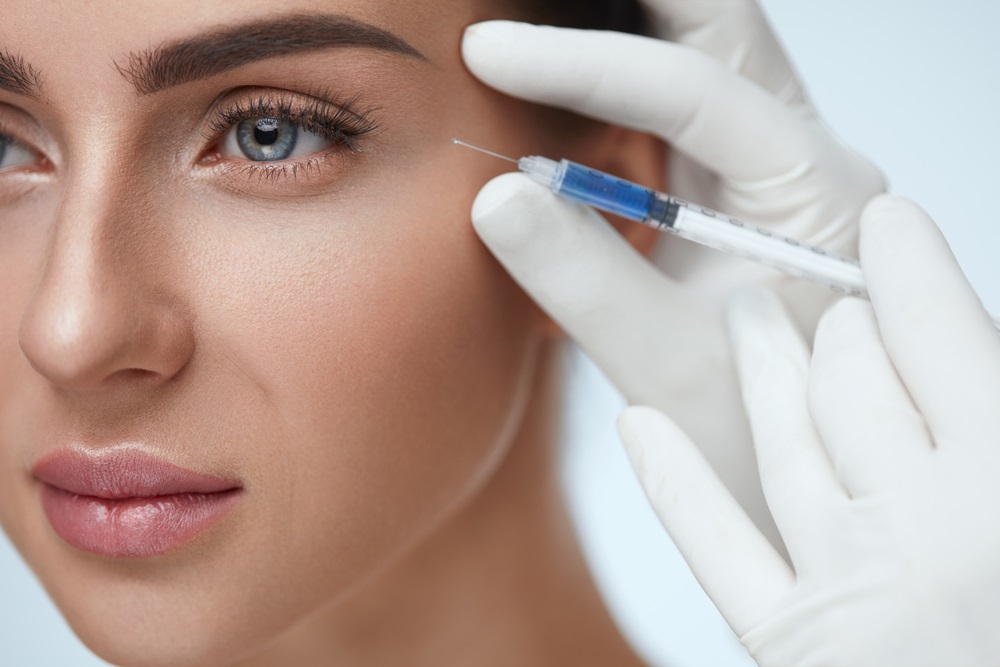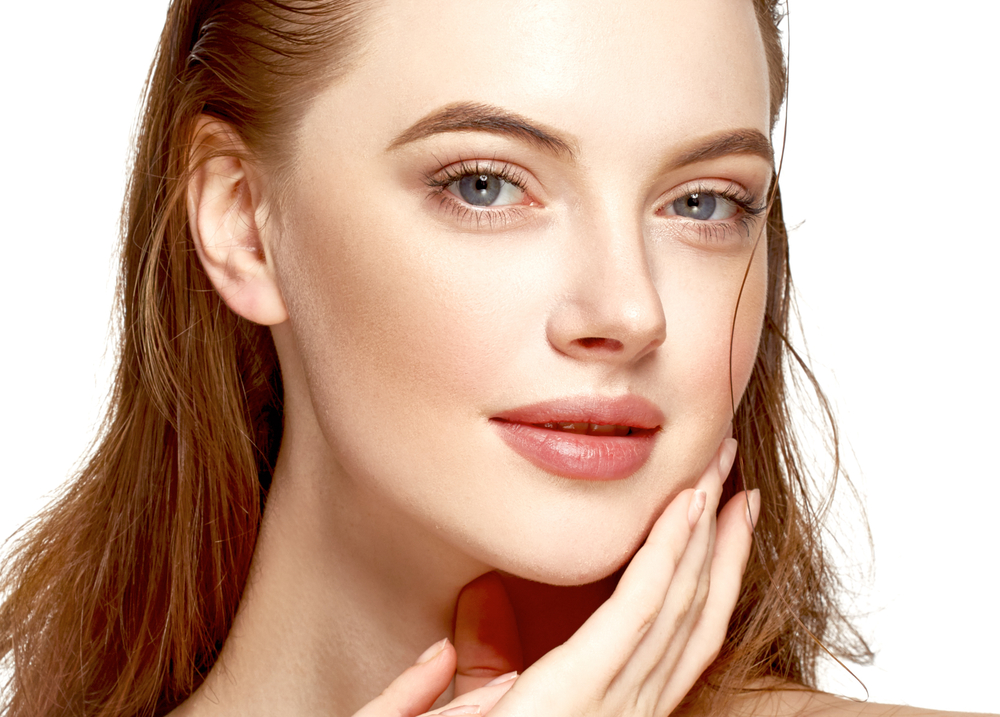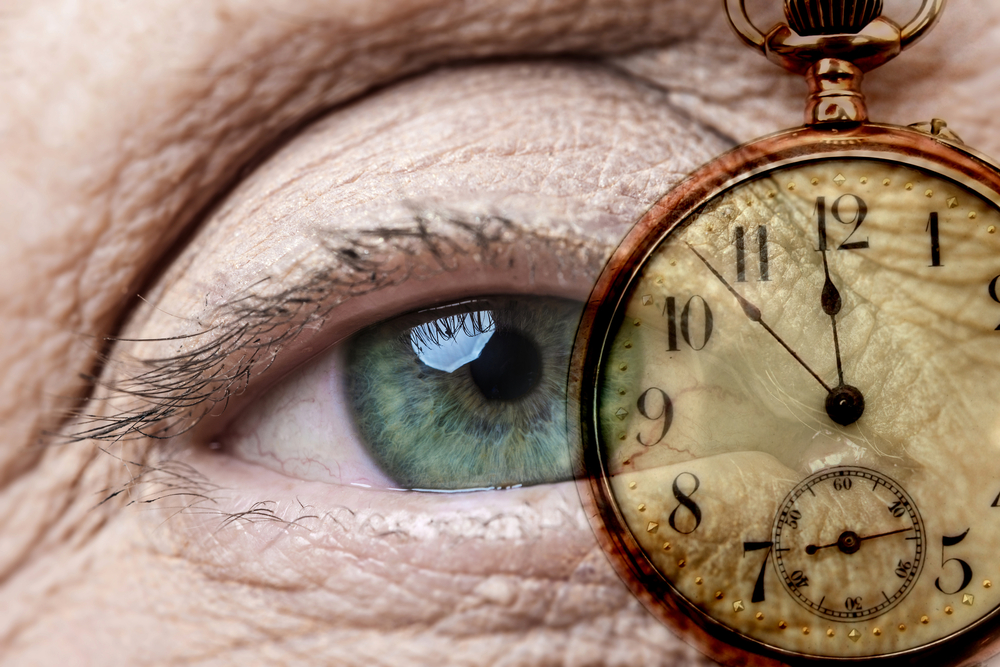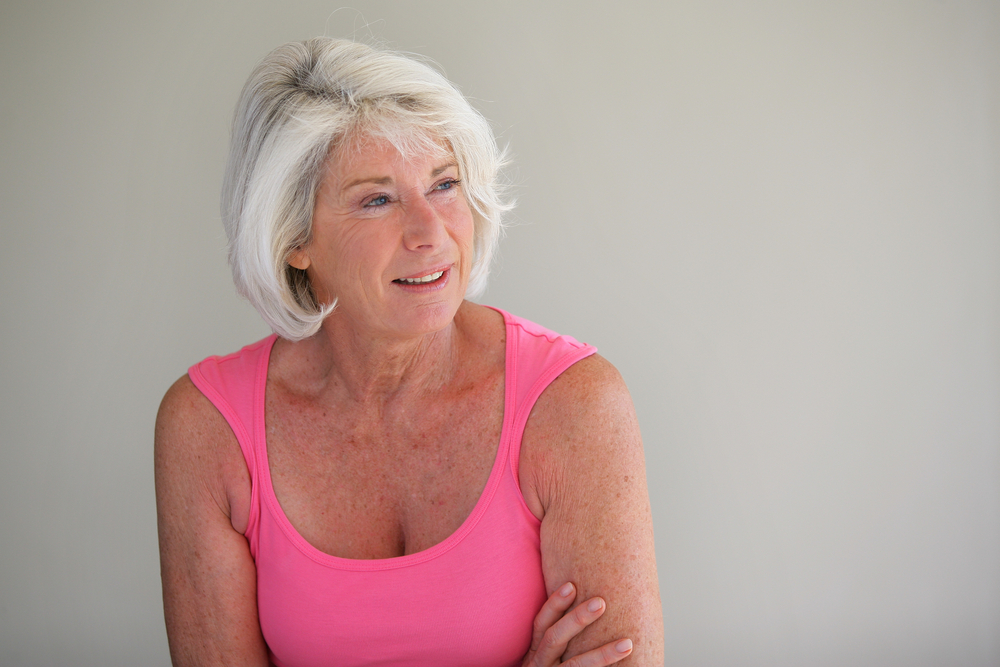With time, facial fat loses volume and gradually shifts downwards, resulting in sunken cheeks, unsightly jowls, and dark circles under the eyes. Dermal fillers provide an effective no-knife solution to these aesthetic concerns.
According to a recent report by the American Society of Plastic Surgeons, 2,600,868 filler treatments were performed last year the United States alone. This is in large part due to their non-invasive nature and minimal downtime, which make them popular among men and women of all ages.
But with so many different products on the market, it’s hard to know which brands and techniques are best suited to your short and long-term facial rejuvenation goals.
We spoke with three expert plastic surgeons to better understand what fillers can achieve and how long they last.

What are the main types of facial fillers?
There are a variety of dermal filler brands on the market, with varying thicknesses depending on the area of the face and severity of the wrinkles they’re meant to treat.
The brands listed below are some of the most commonly used.
Juvéderm
This brand of injectables provides correction for moderate to severe facial wrinkles and folds. A collection of different products are used to address specific aesthetic concerns:
- Juvéderm Ultra XC — adds fullness to the lips.
- Juvéderm Voluma — lasts up to two years in the cheek area.
- Juvéderm Volbella — adds volume to the lips and smoothes out vertical lip lines.
- Juvéderm Vollure — softens facial lines and wrinkles for up to 18 months.
Restylane
Restylane is the most popular wrinkle-filling injectable treatment in the United States. Its different formulas are used to instantly add volume and restore facial skin contours.
- Restylane — fills lines and wrinkles while providing support and structure to the skin.
- Restylane Silk — specifically designed for lip augmentation.
- Restylane Lyft — used for cheek augmentation and age-related midface contouring.
- Restylane Refyne — fills in moderate laugh line wrinkles and folds.
- Restylane Defyne — plumps up deep-set laugh lines.
Belotero Balance
Just like Juvéderm and Restylane, Belotero Balance is a hyaluronic acid filler that completely integrates into the skin tissue and slowly dissolves over time.
Although it hasn’t been on the market for as long as its competitors, Belotero Balance is gaining popularity as the go-to filler for light touch-ups under the eyes and around the lips. This is due to its thinner consistency, which provides more subtle results.
Radiesse
Unlike the hyaluronic acid fillers listed above, Radiesse is made of calcium hydroxylapatite suspended in a gel-like substance. It has the added benefit of being able to naturally stimulate the body’s collagen production.
Like hyaluronic acid, calcium hydroxylapatite slowly dissolves and is eventually absorbed by the body. However, its unique composition causes it to be metabolized over a longer period of time. As such, it is considered a semi-permanent filler.
What are the best injectable filler brands?
“I use fillers fairly interchangeably — one could argue that the proliferation of different brands and subtypes all comes down to marketing,” says Beverly Hills plastic surgeon Dr. Marc Mani. “A sculpture made out of one brand of clay will only look better than another brand if it’s made by a better artist.”
New York City plastic surgeon Dr. Shirley Madhere agrees that the practitioner’s skill and experience matter more than the specific brand of fillers used. However, choosing the right product can help achieve better results.
“Each filler has its unique properties that should be tailored and matched to specific areas of the face,” says Madhere.
What about fat grafting?
While synthetic fillers do share many of the same properties and benefits, a more natural option is rapidly gaining interest — using the patient’s own fat!
Fat grafting, also known as fat transfer or fat injection, is done by “harvesting” fat from the thighs, belly or buttocks and injecting it into multiple points on the face to strategically address volume loss.
“For the cheeks, temples, and for fine lines I prefer using the patient’s own tissue — fat, microfat, and SVF (Stromal Vascular Fraction) to fill and rejuvenate skin simultaneously,” says Dr. Mani.
This is what is known as an “autologous” procedure, meaning that the injected material comes from the patient’s own body. This approach is less likely to cause allergic reactions, and generally provides more long-lasting results.
What type of filler is best for smile and laugh lines?
The following fillers are designed to address deep creases and lines that run from the nose to your mouth (nasolabial folds), and from the sides of the mouth down to the chin (marionette lines):
- Restylane Refyne
- Restylane Defyne
- Belotero Balance
One advantage of these hyaluronic acid-based fillers is that they provide immediate results. They can also be reversed by using hyaluronidase if you don’t like the results.
How about the midface and cheeks?
These thicker fillers are designed to add volume and lift the midface and cheek area:
- Restylane Lyft
- Juvéderm Voluma
- Radiesse
“For the midface/cheekbones and areas around the mouth, I prefer Radiesse,” says Palm Beach facial plastic and reconstructive surgeon Dr. Jean-Paul Azzi. “It’s very heavy duty, and acts as a foundation. When done properly the results look completely natural and last a very long time — from 9 months to as long as 18 months.”
Technical considerations aside, Azzi also favors Radiesse for more practical reasons.
“The syringes are very large. This makes it more cost-effective when filling larger volume areas such as the cheeks and around the mouth. Patients tend to appreciate that,” says Azzi.
Which filler brand is best for fine lines and wrinkles?
Unfortunately, there is no clear-cut answer to this question. When it comes to lines and wrinkles, selecting the right type of filler depends on the area that’s being treated.
For instance, Belotero Balance has received favorable reviews for the treatment of chin wrinkles and vertical lip lines. It can also be used for the tear troughs, although some practitioners may prefer Restylane Silk for that purpose.
“Belotero and Restylane Silk are both thin, which means that they’re less likely to leave lumps and bumps in the delicate area under the eyes,” says Dr. Azzi.
The following brands are considered effective for treating wrinkles and lines — an experienced practitioner will know which specific product will provide the best results in your individual case:
- Restylane Refyne
- Restylane Defyne
- Juvéderm Vollure
- Belotero Balance
Which fillers are used for plumping the lips?
Fillers designed for use in the lips include:
- Restylane Silk
- Juvéderm Ultra
- Juvéderm Volbella
- Belotero Balance
“Even though I prefer using the patient’s own fat in some areas, I do use synthetic filler for the lips because it can be molded more precisely,” says Dr. Mani. “I inject Juvéderm Ultra for volume, and sometimes Juvéderm Volbella for the white roll or vermilion border.”
As for how long lip fillers last, “it can vary a lot from person to person,” says Dr. Azzi. “People who are animated and use their lips a lot, or exercise a lot, tend to need lip fillers more often.”
Overall, you can expect lip fillers to last from six to twelve months.
Can fillers be used to contour the jawline?
Yes. Commonly chosen brands include Radiesse and Juvéderm Voluma.
Sculptra is another injectable that can be used to replace the volume that has been lost above the jawline, while providing the added benefit of stimulating the body’s production of natural collagen. Jawline contouring is an off-label use of Sculptra, however — this poly-L-lactic acid injectable is mainly used for the correction of shallow to deep nasolabial folds and other facial wrinkles.
How long do fillers last?
According to our three experts, the amount of time fillers last does vary quite a bit from person to person, which is why it can be hard to provide a definitive answer to this question.
“In my opinion, based on my observation of thousands of injectable procedures, longevity depends upon a number of factors,” says Dr. Madhere.
These factors include, but are not limited to:
- Type of filler/active ingredient
- Technique
- Amount used
- Patient’s medical condition and overall health
- Patient’s metabolism
- Area injected
With that said, the question still remains: How long do dermal fillers last? Here’s a shortlist of approximate timeframes provided by our experts:
| Area Treated – Brand Name | Average Duration |
|---|---|
| Midface and cheeks with Radiesse | 9 to 18 months |
| Lips with Belotero, Juvéderm and Restylane | 6 to 12 months |
| Smile/ laugh lines with Restylane and Juvéderm | 6 to 8 months |
| Lines and wrinkles with Restylane and Juvéderm | 6 to 8 months |
| Chin wrinkles and vertical lip lines with Belotero | 6 to 8 months |
| Jawline with Juvéderm Voluma and Radiesse | Up to 12 months |
| Fillers under the eyes with Restylane and Juvéderm | Up to 12 months |
Who are the best doctors for dermal fillers?
Dr. Azzi emphasizes that when considering any type of facial rejuvenation procedure — even a non surgical treatment — it is vitally important to seek out an experienced, well-trained facial plastic or cosmetic surgeon.
While all practitioners have specific fillers they prefer to use in certain areas of the face, you could be disappointed by the results if you put yourself in the hands of a less qualified injector.
For instance, you may end up receiving injections in areas of the face that should be off-limits to dermal fillers.
“Dermal fillers should never be used in the forehead, glabella lines, or crow’s feet,” says Azzi. “A neuromodulator such as Xeomin or Botox works best in those cases — the muscle movement needs to be weakened before fillers can even be considered.”
“People come to me all the time to correct misuse of Botox and Xeomin injections,” says Dr. Azzi. “Often your plastic surgeon can make these problems better, but may still have to wait about three months for the incorrect injections to wear off.”
Likewise, using the right type of dermal filler is paramount. For instance, “Radiesse under the eyes would be a problem because it is too thick and would look lumpy and terrible. Same for using Radiesse in the lips,” the doctor adds.
In short, choose your practitioner wisely: an experienced injector understands the face’s muscles, contour lines, and underlying structures, and will guide you towards the injectable treatment that best addresses your aesthetic concerns.









